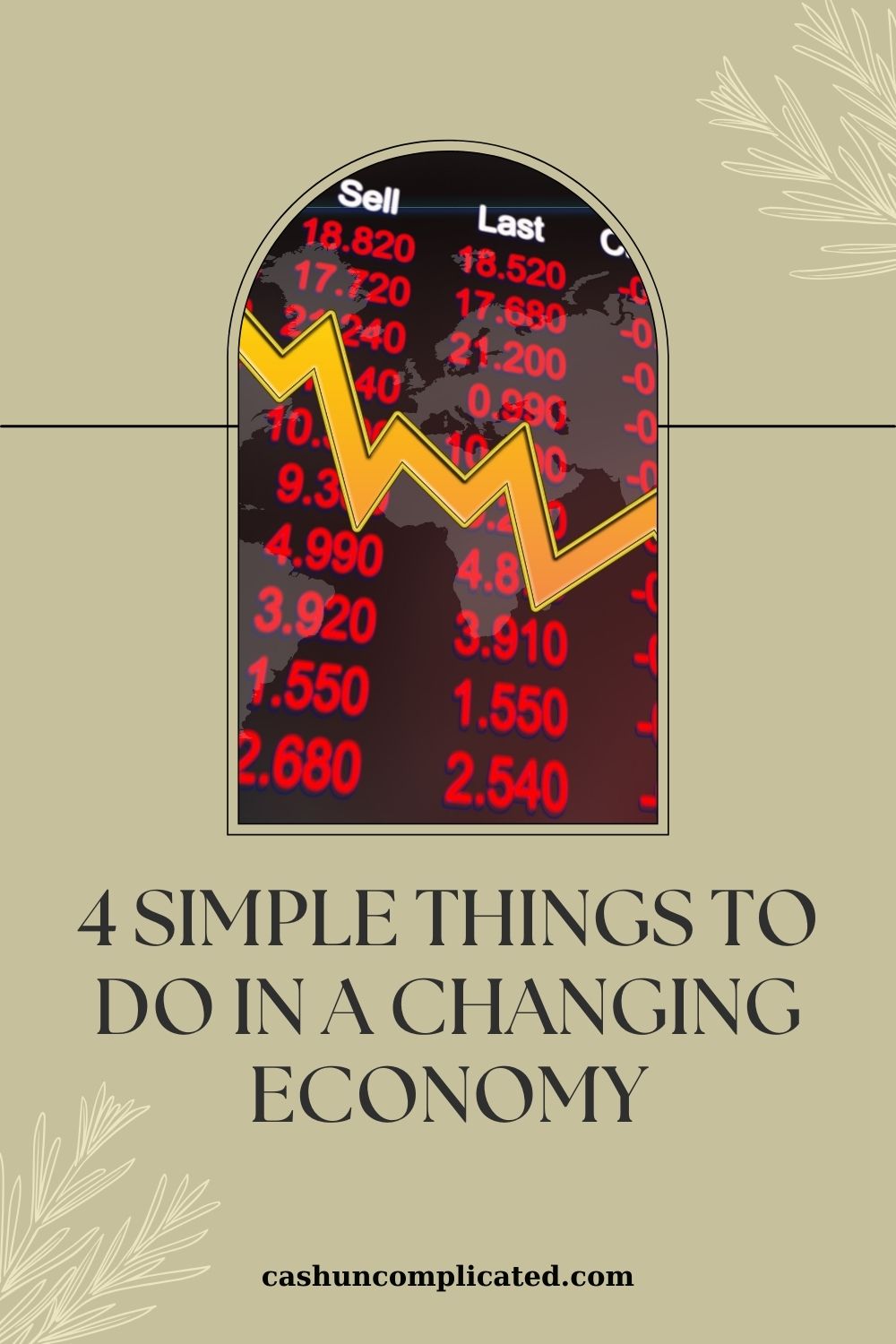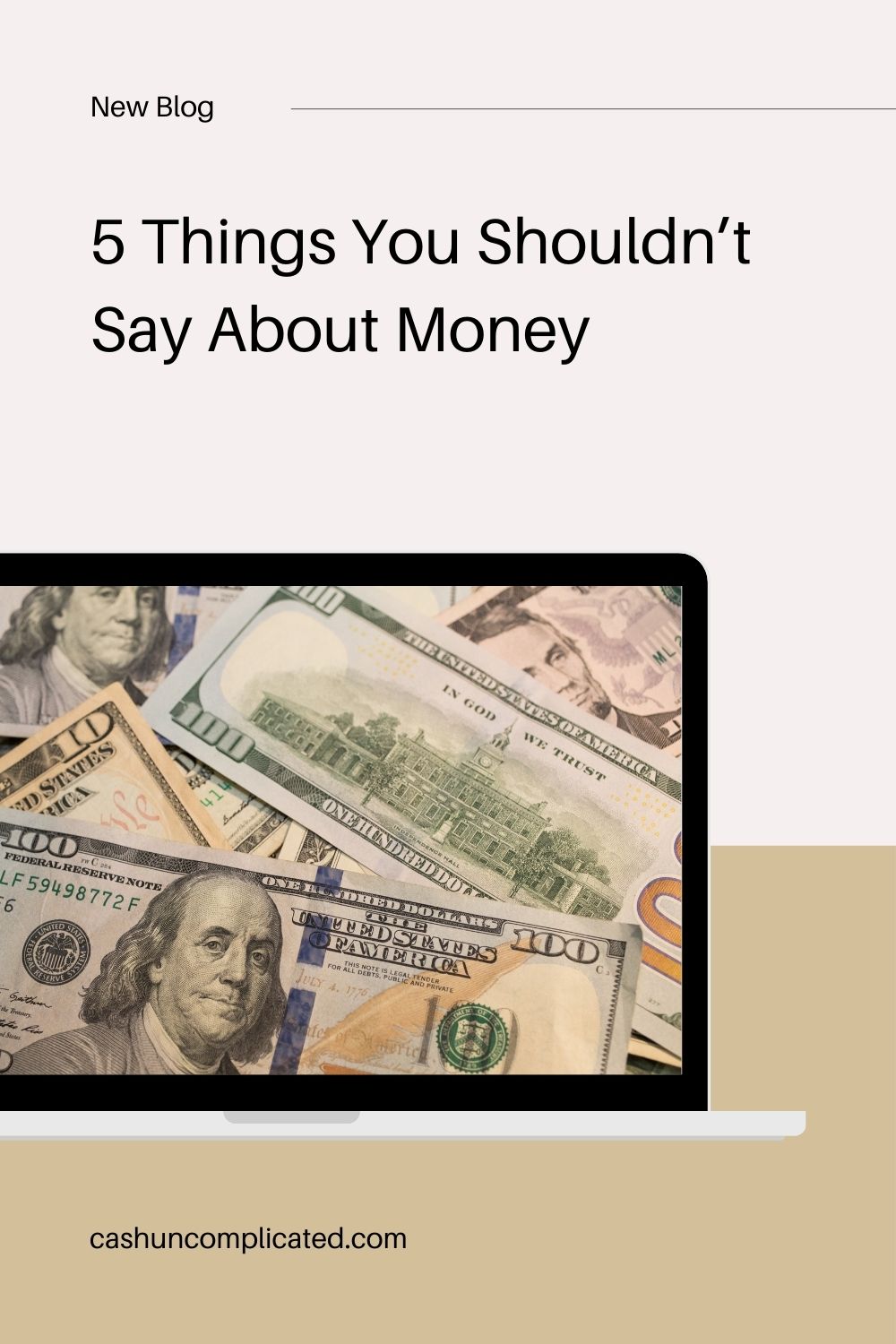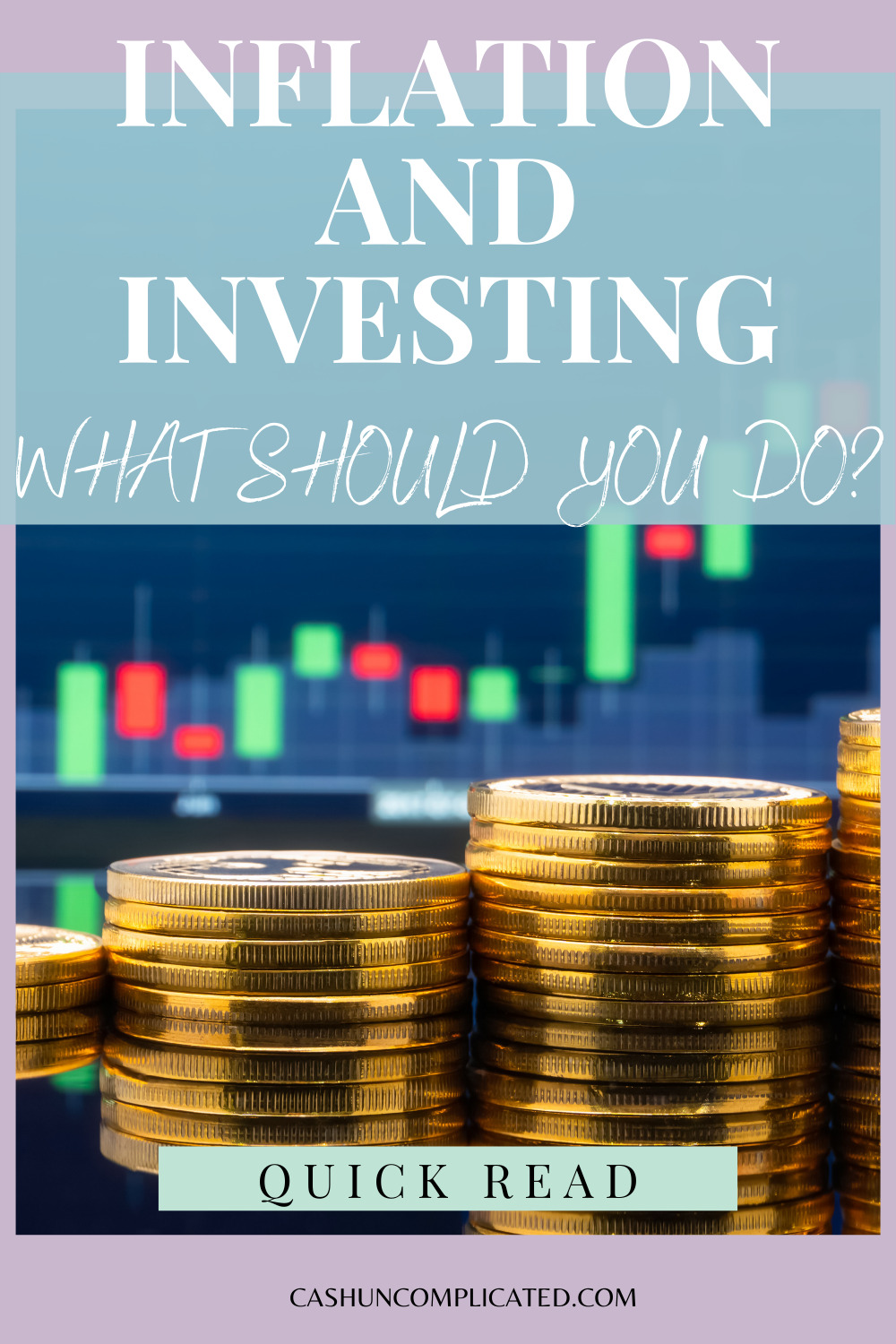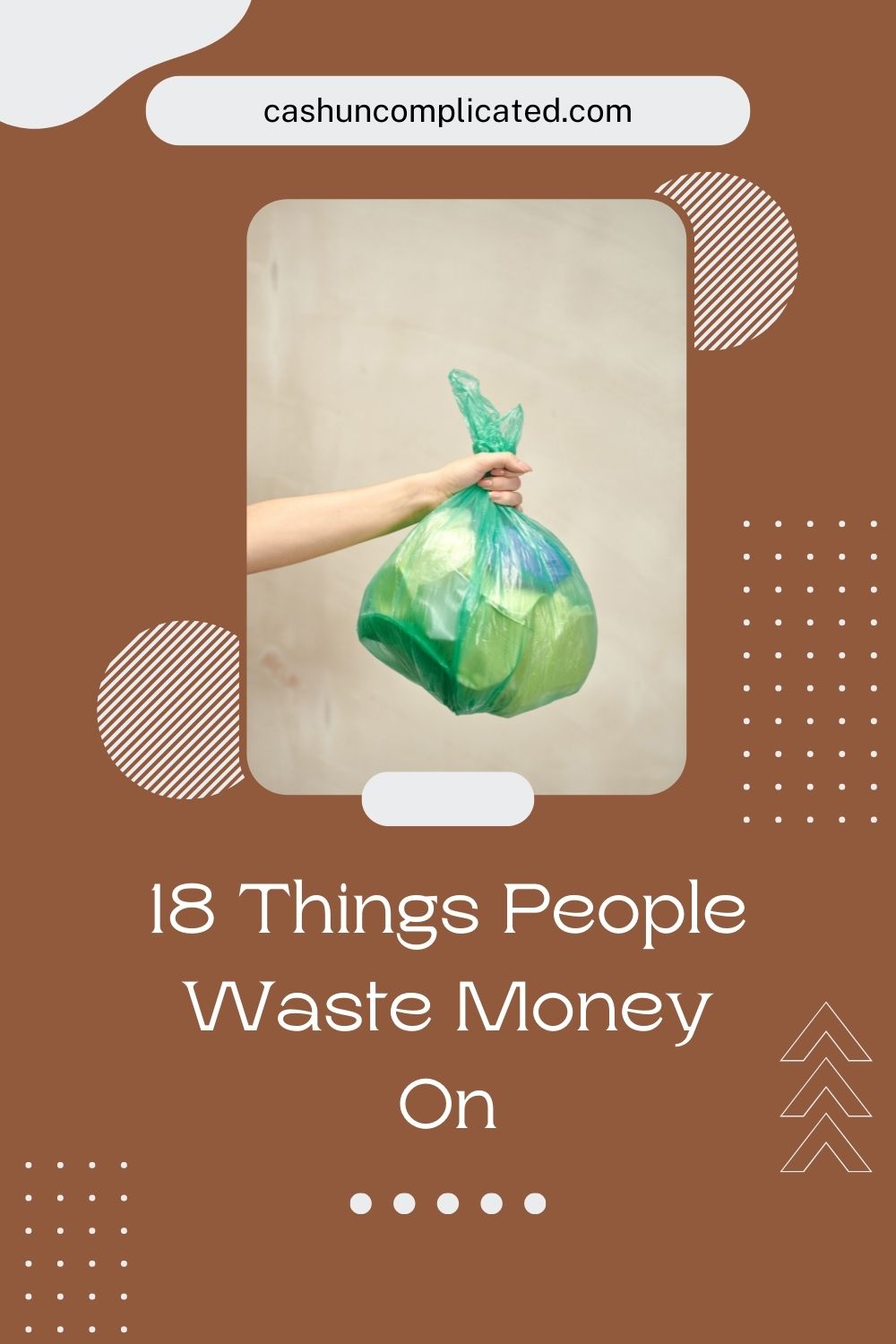I used to finance cars. I thought that’s what you did with cars, so I followed along. I really didn’t think twice about it to be honest. I’ve changed my way of thinking over the years though.
I currently drive a 2006 Honda Civic LX. As of this writing, it’s got slightly over 207,000 miles on it and it’s over 14 years old. The car runs great (knock on wood) and gets me from point A to point B. I mostly use the car for commuting to and from work. We use my wife’s car for everything else.
Although I could technically “afford” to purchase a new car rather easily, I choose not to. I really have no need for a new car. A big reason I continue to keep my older car is that I pay cash for cars. These are my top 5 reasons for paying cash for cars.
Financing Costs
It’s expensive to finance a car. New car loans have an average interest rate of 4.24% for 48 and 60 months according to a Bankrate report updated July 22nd, 2020.
If someone purchases a new car for $30,000 and put $4,000 down, they will have payments of $482 per month for 5 years. That comes out to $28,920. For the 5-year loan, they will pay $2,920 in interest alone.
Even though the $2,920 is spread out over 5 years, that is a lot of money. I’m willing to pay interest on assets like cash flowing real estate, but not on a depreciating liability like a car.
As the car is depreciating in value, someone with car payments is paying interest on that depreciating liability. Kind of a “double whammy.” Continue to pay interest as the car loses its value. That’s a big detriment to wealth building.
Easier to Spend More When It’s Financed
It’s a lot easier to spend money when you don’t have to pay it all upfront. Using our example above with the $30,000 car, let’s cross compare two options to purchase the vehicle.
- Option 1: Save $30,000 and use it all to purchase the car.
- Option 2: Save $4,000 and make monthly payments of $482 for 5 years.
What option seems easier? And what option would the majority of people pick?
It’s a lot easier come up with a $4,000 down payment and monthly payments of $482 per month than all $30,000 at one time. That’s one of the reasons car companies offer financing, they want to make it easier for you to spend more.
If people had to pay cash for the car, they likely would not spend $30,000. It’s hard enough to come up with $30,000 in general, much less for one vehicle.
Psychologically Easier to Spend More When Financed
Psychologically speaking, it’s harder to spend $30,000 at one time than $4,000 with monthly payments. There is a real psychological barrier to spending $30,000 at one time, on one purchase.
People work hard for their money and don’t like to part with it all at one time. It’s psychologically painful to pull $30,000 from your bank account and give it to the car dealer.
Car dealers are also aware of this psychological component, another reason they offer the payment option. If you look at car commercials, they almost always talk about monthly payments with low or no money down.
- “Only $299 per month with $1,000 dealer cash back.”
- “Lease for only $250 per month, and only $1,900 down.”
- “Low monthly payment of $225.”
- “No payments until November.”
If financing were not an option, most people would spend a lot less on cars. Almost nobody making $50,000 per year wants to fork over $30,000 in cash for a car, but plenty are willing to put a small amount down and pay $500 per month in payments.
Use psychology to your advantage by forcing yourself to pay for cars in cash. You’ll find that you spend a lot less. The result will be money saved on car purchases and more money in your pocket.
More Likely to Hold Onto Current Car
It’s hard to part ways with a car in good working order if a large sum of cash is required to purchase a new one. It’s much easier to part with the car if you can just make a small down payment and finance the rest.
There is no good reason to get rid of a car in good working order other than if you want a new car. Which is ok if that’s what you really want. But remember, that is a luxury, not a necessity. In its most basic form, a car is designed to get you safely and reliably from point A to point B.
If you have a car getting you from point A to point B, it’s doing its job. Purchasing a new car when you already have one in good working order is not a necessity.
Oftentimes a decision is easier when the argument is broken up into 2 or 3 clear choices.
- Choice 1: Pull $30,000 from my savings account and purchase a new car. Trade in my car that’s in good working order for a few thousand dollars.
- Choice 2: Pull $4,000 from my savings and finance the purchase of a new car. Trade in my car that’s in good working order for a few thousand dollars. Begin making monthly payments of $482.
- Choice 3: Keep the car that’s in good working order. Invest or save $482/month. Pay cash for a car several years down the line when my car stops being reliable.
Since this article is about paying cash for cars, I’m going to eliminate choice 2 right off the bat. I don’t want to take $30,000 from my savings and buy a new car when my current car is perfectly fine, so that eliminates the first choice. It’s an easy choice for me to choose keep the car in good working order.
Interrupts Monthly Investing Automation and Wealth Building
As I’ve written about in other articles, I automate my finances and pay myself first. If I add an unnecessary car payment into the mix, I completely interrupt my investing.
Imagine that I had been automating $500/month into an investment account for the past couple of years. If I decide to add a car payment of $482/month, I need to reduce my monthly automated investments to $18/month. By choosing to finance an expensive car, I am completely de-railing my monthly automation and wealth building.
I’d be moving my money from an asset to a depreciating liability. That’s not something I want to do. Here’s a cross comparison for illustration.
| Investing $18/month at 10% rate of return | Investing $500/month at 10% rate of return | Difference | |
| Total After Year 1 | $228.07 ($12.07 interest earned) | $6,335.14 ($335.14 interest earned) | $6,107.07 |
| Total After Year 2 | $480.01($48.01 interest earned) | $13,333.65 ($1,333.65 interest earned) | $12,853.64 |
| Total After Year 3 | $758.34 ($110.34 interest earned) | $21,065 ($3,065 interest earned) | $20,306.66 |
| Total After Year 4 | $1,065.81 ($201.81 interest earned) | $29,605.92 ($5,605.92 interest earned) | $28,540.11 |
After only 4 years, I’ve got $28,540.11 more in my investment account for making the choice to drive my older car instead of financing a new one. In addition, the “new” car I bought 4 years ago is now 4 years old, losing value and still not paid off. I’ll keep the old car.
Do you pay cash for cars or get financing? What are your reasons?









This Post Has One Comment
Pingback: Finish What You Start – Cash Uncomplicated
Comments are closed.